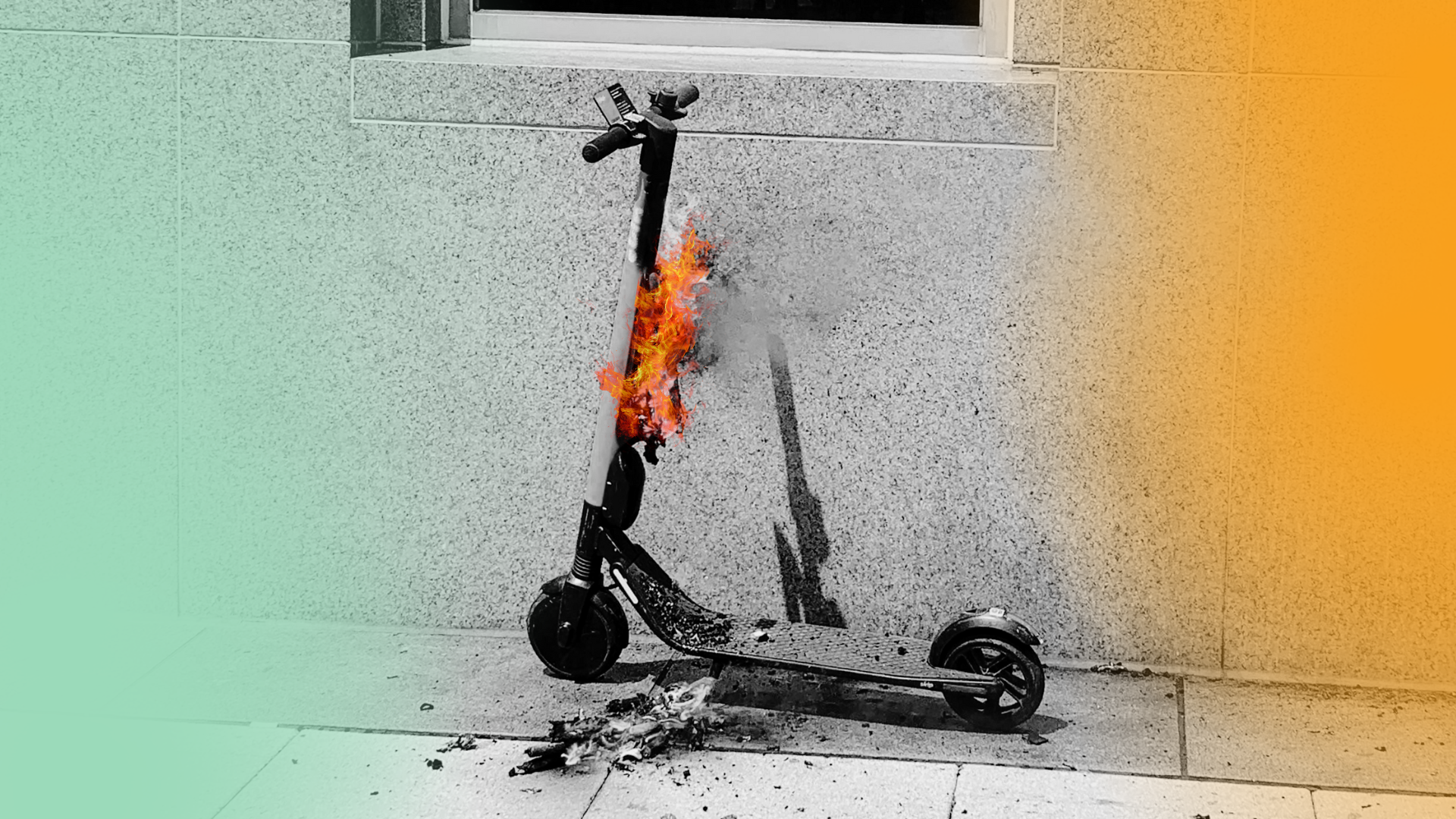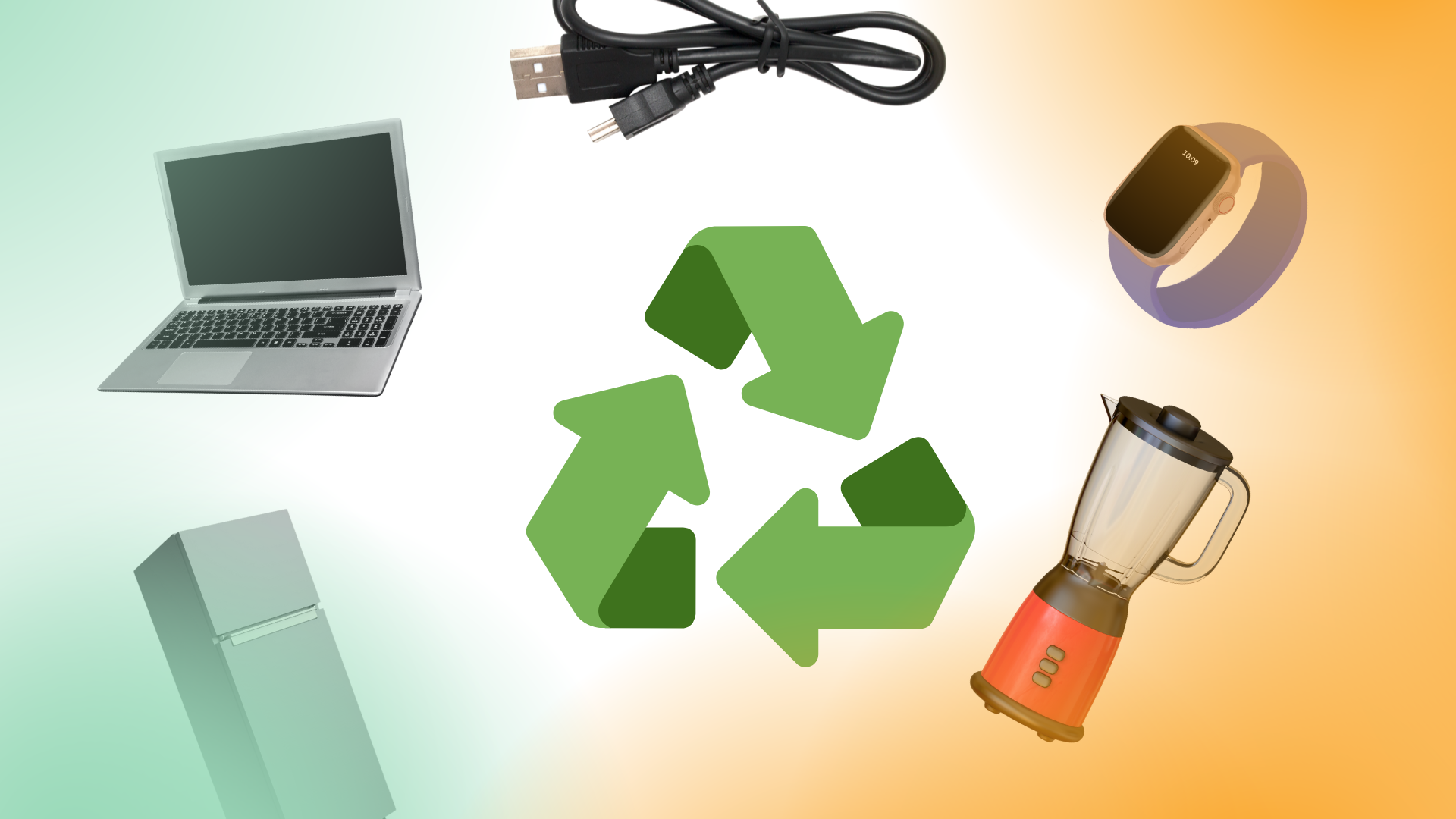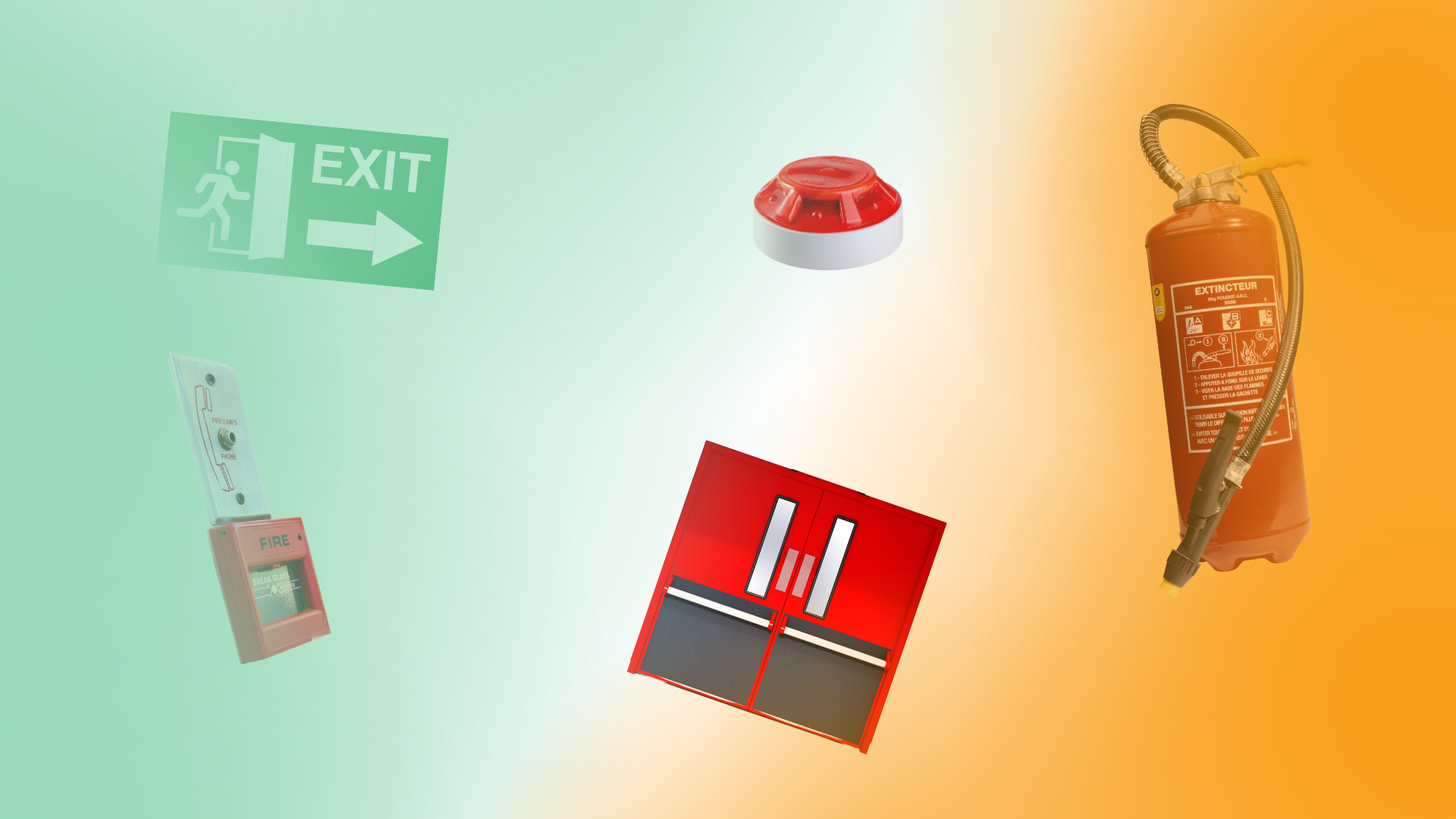Do New Electrical Appliances Really Need PAT Testing?
Introduction
We’ve been hearing this question more and more from customers lately:
“Do brand-new appliances still need PAT testing?”
It’s a fair question. After all, new equipment usually arrives sealed, with manufacturer labels and testing certificates. But when it comes to safety, compliance, and peace of mind, the answer is a little more nuanced.
What the Law Actually Says
There is no strict legal requirement that says every appliance must be PAT tested. The law simply requires that employers and duty holders keep electrical equipment safe and properly maintained.
That means the responsibility is on you to ensure equipment is safe to use, whether it’s new or not. The law doesn’t prescribe how you do it, but PAT testing is one of the most reliable methods.
New Equipment: What Best Practice Looks Like
Industry guidance generally states that brand-new equipment does not usually need a full PAT test. A thorough visual inspection is often enough.
Why? Because new appliances are supplied as safe. But… there are a few important caveats.
Why Some Organisations Still Choose to PAT Test New Appliances
Even new items can develop issues before they reach you:
- Transit damage: knocks, drops, or rough handling.
- Storage conditions: damp, dust, or stacking problems.
- Manufacturing faults: rare, but possible.
For most offices or low-risk workplaces, a visual check may be sufficient. But in higher-risk environments, like healthcare, construction, or manufacturing, many duty holders choose to test new equipment anyway. It’s about risk, peace of mind, and protecting people.
A Risk-Based Approach That Works
- Low-risk settings (offices, shops, classrooms):
- Carry out a visual inspection, log the equipment, and move it into service.
- High-risk or critical settings (workshops, hospitals, factories):
- Consider a full PAT test even for new appliances, to establish a safe baseline and prevent costly downtime or accidents.
Documentation and Competence Matter
Whether you perform a visual inspection or a full PAT test, keep a record. This creates a clear audit trail and shows that you’ve taken reasonable steps to ensure safety.
It’s also important that the person carrying out the inspection or test is competent, trained, knowledgeable, and confident in spotting issues.
Conclusion: What’s the Smartest Strategy?
In most cases, new appliances don’t require PAT testing, just a solid visual check as part of your risk management process.
But remember: if the equipment is critical, the environment is high-risk, or there’s any sign of damage, a PAT test is a small investment in safety and peace of mind.











